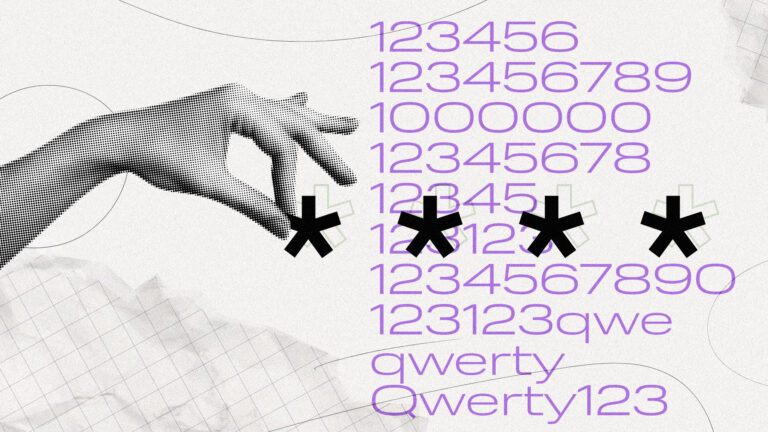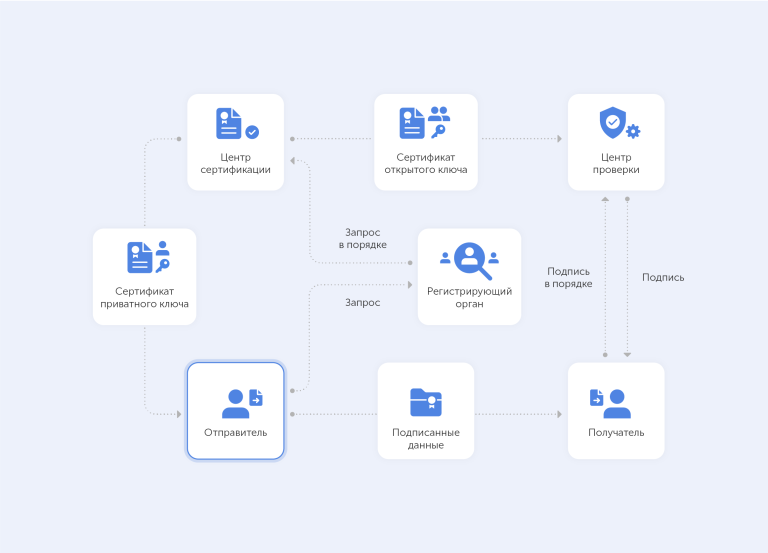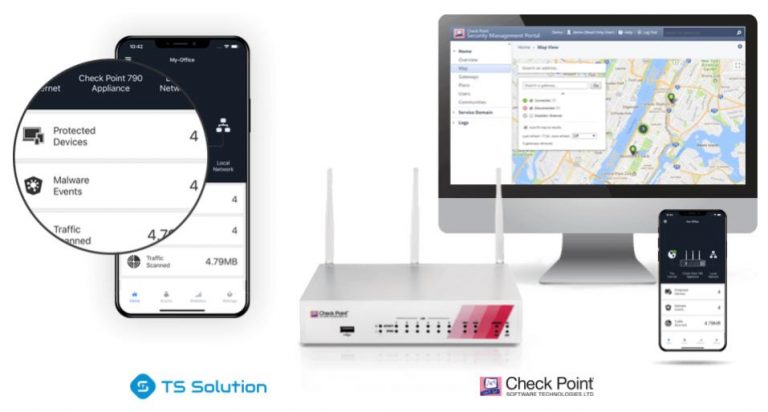Where is digital signal processing used?
Since our last article on DSP received quite a large response, we at EngineeringKatech decided to continue writing about it. To do this, let's look at the case of using digital signal processing in the world of hearing protection. Used only by leading headset manufacturers to create a safe experience in unnaturally noisy work environments. For those considering purchasing a headset, it's worth considering the importance of digital signal processing and how it impacts the overall performance of headset hardware.
More information in our community engineers.
What is digital signal processing?
Digital signal processing can be defined quite simply as the processing of a signal in a digital environment to analyze, measure and manipulate it using mathematical calculations. DSP involves the exchange of information through which this information can be observed, analyzed, or converted into another signal form. As you can imagine, this happens very quickly – the entire process goes unnoticed by the user. However, digital signal processing is a critical element of a good headset.
“Components” of digital signal processing
entrance and exit – This is an interface for exchange with other devices. In short, analog signals are converted to digital, processed, and then converted back into analog form to interact with headset users.
DSP chip – The “brain” of the DSP system. All necessary calculations and algorithms are performed here. This can be either an FPGA or a microcontroller.
Memory – DSP algorithms can be stored here.
Program memory – stores programs necessary for data translation.
Computing block – This is the part of the DSP that performs all the mathematical functions that occur during communication.
Data memory – Space to store any information that may be required for processing.
Why is digital signal processing important? Digital signal processing is important because it greatly improves the quality of hearing protection. The DSP suppresses noise without blocking the speech signal. This is obviously a very important aspect of protecting the user's hearing, especially when users are in an industrial work environment. DSP systems protect users from the harmful effects of noise without compromising communications. Here are some more reasons why DSP is valuable:
Power – Signals from the real world are converted into a domain where abstract scientific and mathematical models are then applied. The result is a powerful processing system.
Information – The information can be used to enhance or improve desired aspects of the signal or even to reduce undesirable aspects.
Adaptation – DSP processes information adaptively. This concept is critical in dynamic applications such as audio and speech, especially when used in industrial environments.
Flexibility – DSP creates flexibility. Changes, updates, customizations and many other features are available when implementing DSP systems.
Efficiency – DSP allows users to get work done efficiently, practically and economically.
Where is digital signal processing used? The main applications of DSP are in the fields of audio signals, speech processing, seismology, audio and voice recognition. For example, digital signal processing is used for speech compression in mobile phones and also for speech transmission in mobile phones. DSP is also used in high-end headsets to protect users from hearing damage; the concepts of suppression and amplification are also important here. Industry leaders in hearing protection and workplace communication such as Sensear use digital signal processing to create safe, quality communication experiences. Other applications include mp3 file manipulation, CT scanning, computer graphics, MRI, and even amplifiers for some electric guitars.
The purpose of digital signal processing, as mentioned earlier, is to filter analog signals from the current time and space. It is used in a wide range of technological equipment, but is particularly important in equipment for noise suppression and voice enhancement.





